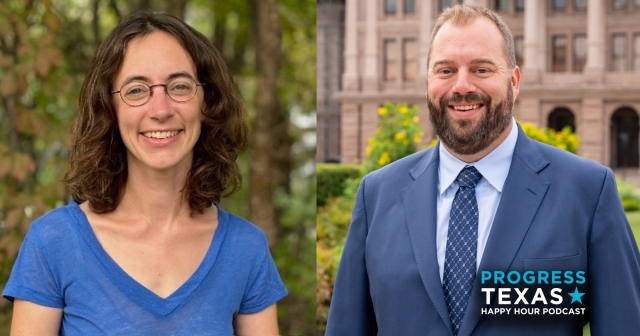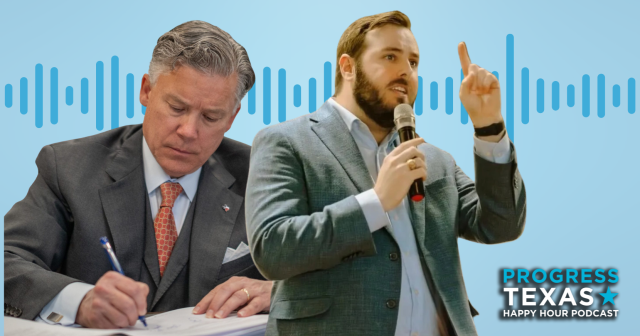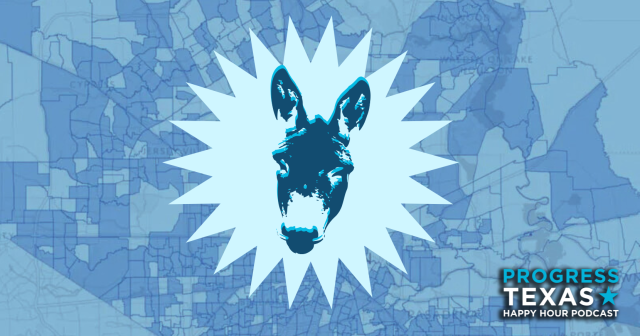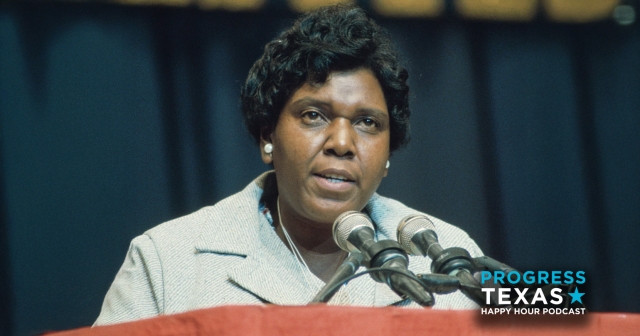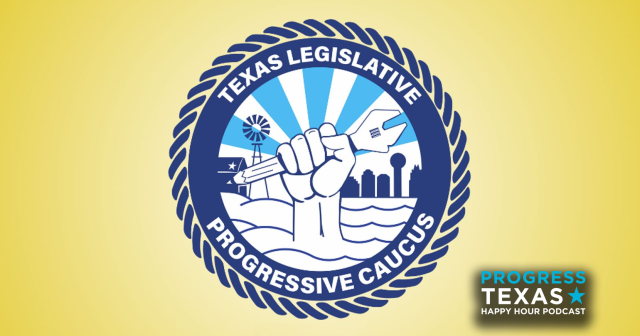Student Loan Debt Approaches $1 Trillion
This year, student loan debt will top credit card debt at $1 trillion, according to the Federal Reserve. Students took out a record-breaking $100 billion in loans in 2008. Adjusted for inflation, they are now borrowing twice as much as they did just a decade earlier, causing the outstanding debt to double in the past five years. The average undergraduate in 2010 took out $4,963, 63% higher than a decade ago.
Not only is student loan debt rapidly rising, but as a direct result of lobby from some of the nations largest lenders, Congress has removed all standard consumer protections from student loans. Recipients of student loans are ineligible for refinancing, declaring bankruptcy, truth-in-lending, and fair debt collection practices under the current statues. Guarantors are given huge powers to garnish wages, tax returns, social security, and disability payments to recover their debt. They are also permitted to withhold state-issued professional licenses and terminate public employees. (Source: USA Today)
Instead of declaring bankruptcy, students are left with the only option of “loan rehabilitation”, which extends payments and requires signing a new loan, saddling students with a greater amount of debt. This is far more profitable for financial institutions, who are also able to collect 20% of defaulted loans in fees before applying any payments to principal and interest.
The combination of rising student loan debt and no consumer protections with a struggling economy has led to a sharp rise in defaults across the country. The New York Times reported in September that "8.8 percent of borrowers over all defaulted in the fiscal year that ended last Sept. 30, the latest figures available, up from 7 percent the previous year."
These troubling numbers will only continue to get worse as debt burdens continue to rise. A recent study by the Institute for Higher Education Policy found that "for every borrower who defaults, at least two more fall behind in payments. […] and that only 37 percent of borrowers who started repaying their student loans in 2005 were able to pay them back fully and on time." (Source: New York Times)
In response to these high default rates and over 30,000 petition signatures, President Obama recently issued a two-part executive order to alleviate student debt. The first part is a “pay as you earn” proposal where borrowers can pay 10% of their earnings for 20 years and have the rest of their debt forgiven. This could ease the debt burden for an estimated 1.5 million students. The second part of the executive order would allow students to consolidate their Direct Loans and government-backed private loans into a single payment. This could reduce interests rates by up to .5% for 1.5 million students.
Though President Obama's Executive Order is a good first step, it still does not address the complete lack of standard consumer protections or the predatory nature of many student loan lenders, especially for-profit universities and colleges. It could help millions of Americans who find themselves burdened my overwhelming student debt, but it does not fix the system that has led us to this point.
DONATE
Your donation supports our media and helps us keep it free of ads and paywalls.

